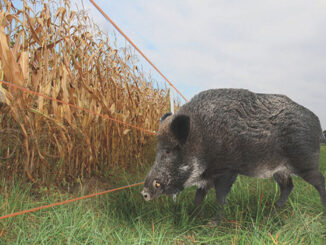How many objects we have around us? A recent American study states that there are 300,000. But how many of them do we really need and use? Most of the times, we end up buying stuff just because we live in a consumerist society. In fact, we could live with less things while being happy anyway - just like our ancestors did.

How many objects around us? A recent American study states that there are 300,000 – from paper clips to an ironing board. How many useless things do we have in the house? We all have a drawer in which we put all those objects that we don’t throw away ‘because they might be useful’.
Many times, however, we forget we even have them. So we go and buy them again, feeding waste.
Consumerism Influences the Way We See Objects Around Us
In fact, consumerism has greatly influenced our buying habits. While we once knew everything about the origin and usefulness of an object, today we know absolutely nothing about what we keep at home.
Try to think about the last time you used an everyday object, such as duct tape. Surely you do not have the slightest idea, nor the slightest chance to get an idea of its origin. You have no way of knowing who did it, where and how, and what route it took to get to the store near your home. Like almost everything we use, that tape comes out of nowhere, and that doesn’t even surprise us.
While things used to have a history, they don’t anymore. We live in a society of thousands of disposable things. They are so many that we don’t even care where they come from anymore. In fact, if we knew the history of all the stuff we have we wouldn’t have time to do anything else.
Confirmation from Research
The confirmation is in an American study that states that in a house there are 300,000 objects. In addition, a 10-year-old child has an average of 238 toys even if he ends up playing with ten or twelve at the most. According to a British insurance company, during our lifetime we spend 200 days looking for something we can’t find anymore. On the other hand, we spend 2,000 days doing shopping.
What is the point? One part of the world wastes, another part has nothing. 12% of the population of Europe and America consumes 60% of the world’s goods. On the other hand, 33% of the poorest part of the world, that is Africa and Asia, consumes 3%.
For a long time, many people have lived on the bare essentials. As a result, every object had a value because that’s all you had. Think of our grandmothers, for example, those who lived during the world wars, who suffered hunger and cold. Surely the rule didn’t apply to them: if it breaks, it doesn’t matter because I can buy another one.




